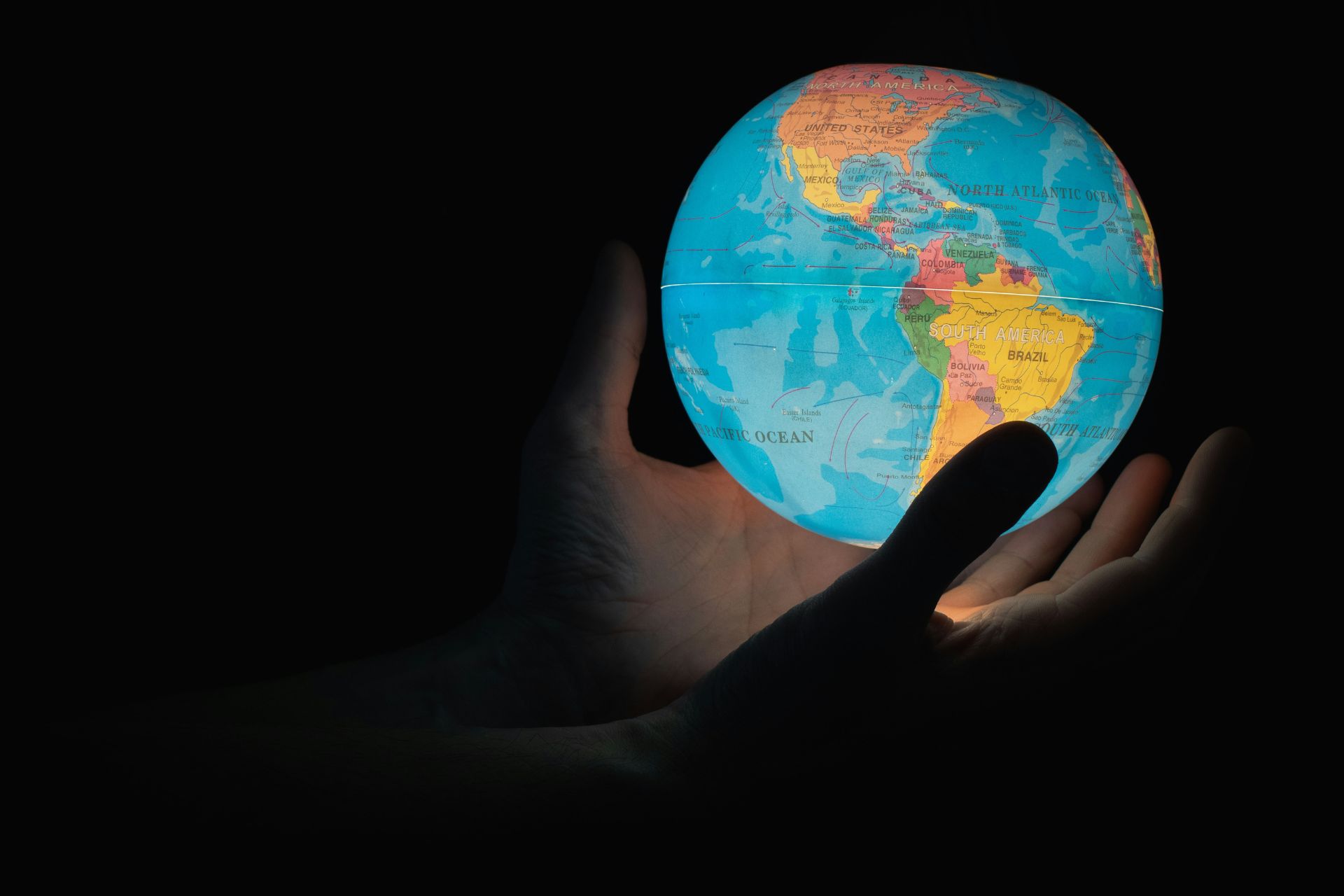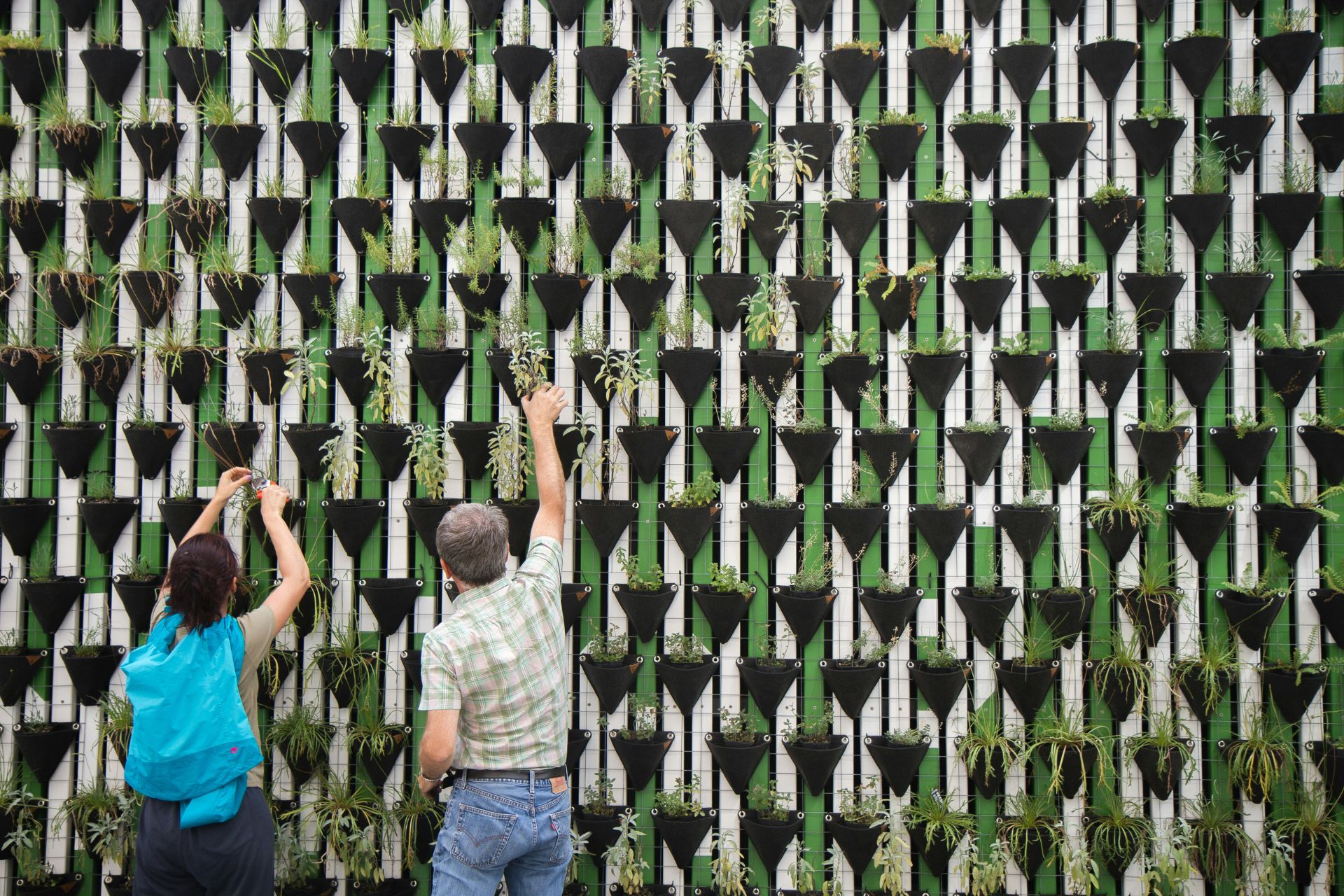Erica Luna

Every 22nd April, Earth Day unites countries, companies, and citizens worldwide to discuss environmental protection and participate in activities such as tree planting and recycling. But have you ever wondered about its origins and present-day relevance?
After witnessing the devastating 1969 Santa Barbara oil spill in California, Senator Gaylord Nelson of Wisconsin envisioned a nationwide teach-in about ecological challenges. That fall, he hired 25-year-old Harvard graduate student Denis Hayes, to organise these discussions.
On 22nd April 1970, Americans protested nationwide against ecological damage. Senator Nelson strategically chose this date because it promised good spring weather while maximising college student turnout, as it avoided major exams, holidays, and spring break. This event, known as the first Earth Day, sparked a national conversation. Later that year, on 2nd December, President Nixon created the Environmental Protection Agency (EPA), resulting in regulations and laws that protect human health and nature.
But Earth Day’s impact wasn’t confined to the United States. Over the decades, people have organised events that have had a lasting impact, such as reducing the deforestation of the Amazon rainforest (Brazil), banning the use of synthetic pesticides (Bhutan), conducting large-scale clean-ups (South Korea), and banning plastic bags all over the world. Earth Day is now recognised globally, with people participating in initiatives in schools, offices, and government agencies.
In 2025, the challenges that inspired the first Earth Day remain, and in many ways, intensified. Environmental injustice, biodiversity loss, and garbage mismanagement – are tangible threats to our planet and our well-being. More than ever, Earth Day is more relevant, as it continues to educate individuals and nations about the effects of toxic waste, inspire action towards sustainable agriculture, and demand accountability from corporations and decision-makers for conservation policies.

While Earth Day is an important day, one’s effort should go beyond April 22. Here are three actions that we can do all year long for a healthier planet:
- Learn about the climate daily. Read articles, listen to podcasts, and watch documentaries. By exposing yourself to diverse data and observing people’s actions, you’ll gain a deeper understanding of our interconnectedness and interdependence. Always remember to fact-check your sources.
- Consume consciously. Everything we do and purchase leaves a carbon footprint. Eating local and seasonal food benefits both your health and your wallet. Buying from sustainable sources, conserving water, and using long-lasting light bulbs are ways that we can do to protect the Earth.
- Contribute through volunteering. Whether gardening with neighbours, hosting an upcycling event, or participating in e-waste drives, give your time to green initiatives. Volunteer with TheOneHourProject, and discover opportunities to share your expertise with organizations dedicated to sustainability.
As we celebrate this month, let’s embrace the chance to collaborate. This year’s theme, ‘Our Power, Our Planet’, is a call for all of us to unite behind renewable energy, and triple clean electricity globally by 2030.
For us at TheOneHourProject, it is a reminder of how powerful we are when we work together. Join us in committing to making every day Earth Day, ensuring that the next generation will inherit a planet where humanity and nature can live in their best health, and in harmony.